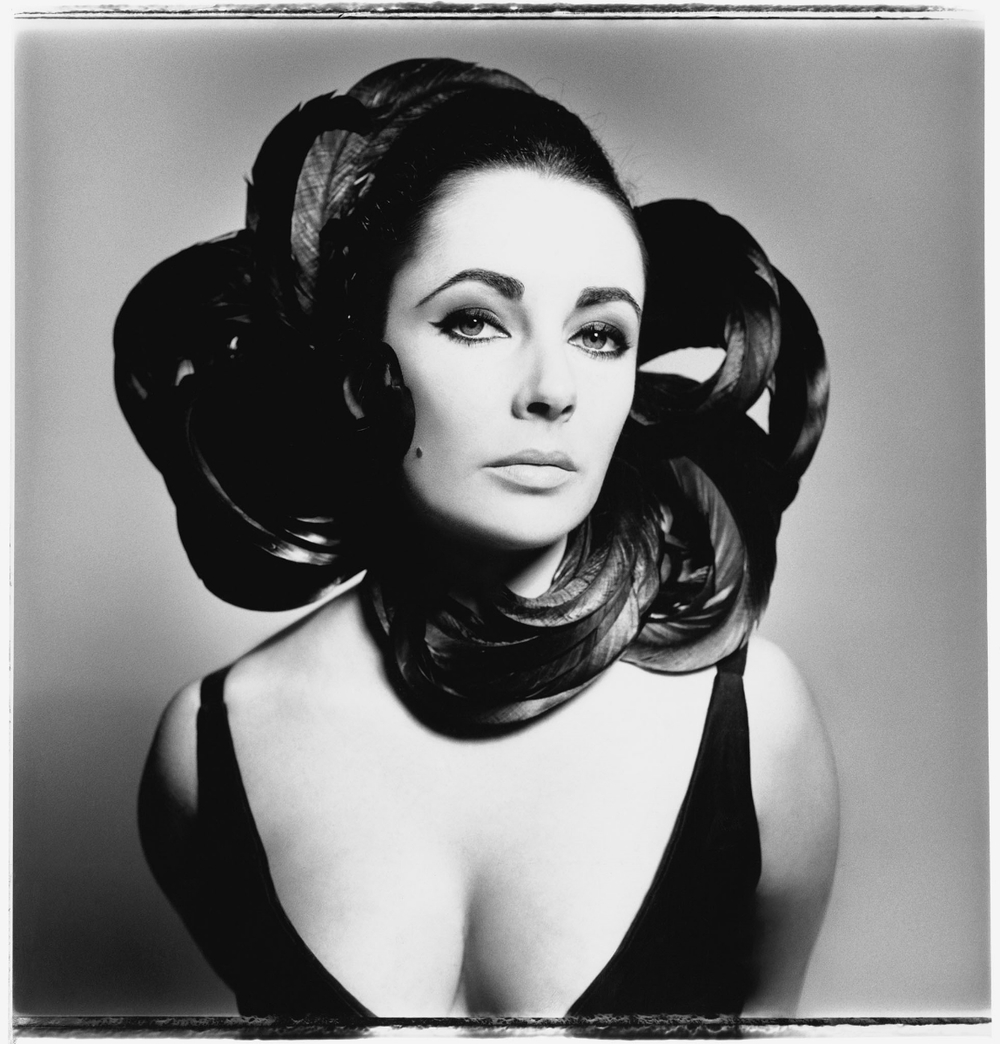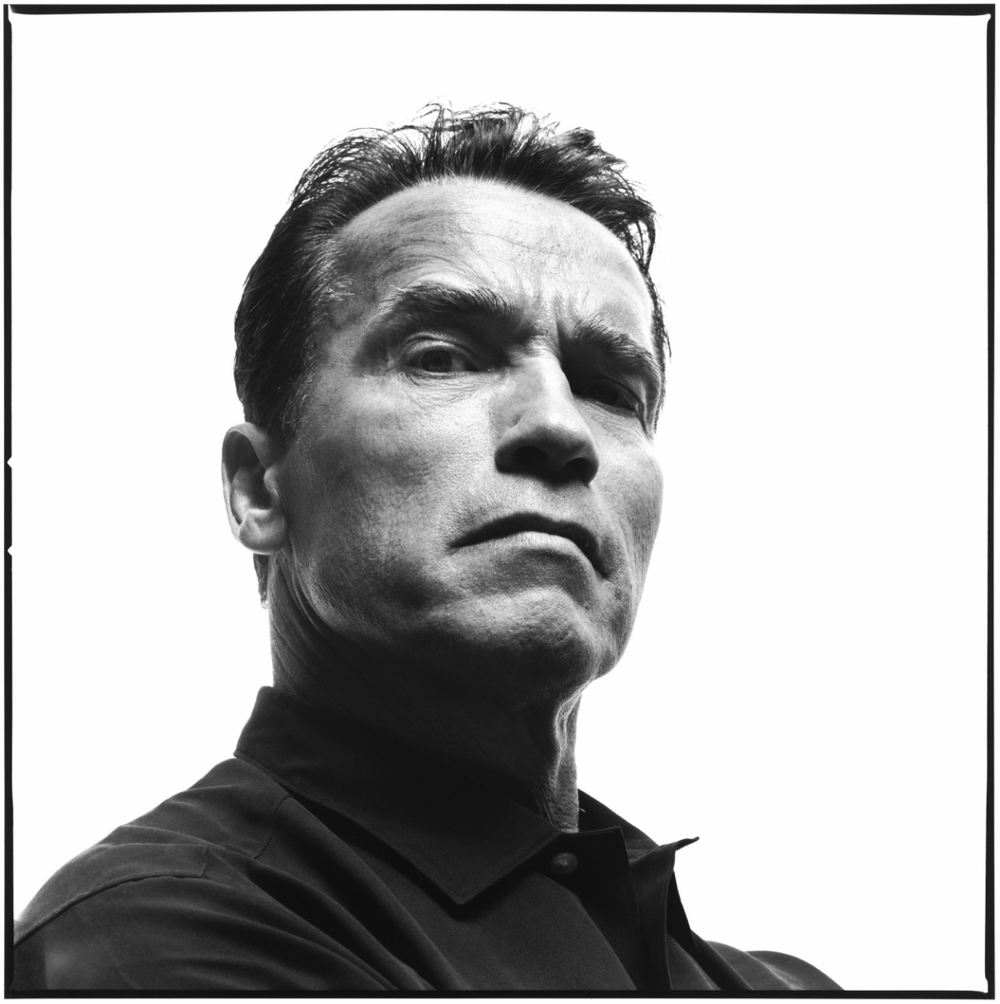

When being given the brief for this project by our lecturer it was obvious how many figures there are in the world of portrait photography and just how many we should be aware of. I have often come across the work of Richard Avedon but I have never spent a great deal of time learning about his methods and approach to portrait photography. Which really interests me as his photographs are so stunning and inspiring to me.
Richard Avedon was an American fashion and portrait photographer who lived from 1923 to 2004. He worked for many publications such as Harper's Bazaar and Vogue and lot of his work became iconic of an age in fashion. Avedon's work stood out because of his unique style and take on the portrait, as he did not conform to the standard methods of taking studio fashion photographs and often took photographs in outdoor settings which was revolutionary at that time.
Avedon towards the end of the 1950s became dissatisfied with using natural light and locations in his photography so turned to studio photography. He begun photographing his subjects in a white tent that he could transport to where he needed. Avedon's usual style of portraiture involves quite tight framing around his subjects upper torso and faces which means he didn't need a great deal of studio space to take his photographs.
Avedon's photographs are easily recognisable for their use of high key lighting created by strobe lights and the psychological nature of his images where subjects are looking squarely at the camera and are full of emotion. Giving the viewer a real sense of how the subject thinks and behaves. I think this quality in Avedon's photographs is particularly potent and made even more effective with the bright minimalist background used allowing the subject's presence and persona to fill the image.
The minimal, theatrical staging created by Avedon in his images shows the incredible amount of rapport Avedon was able to get off of his subjects. As his photographs show them in complex and multifaceted ways despite their simplistic, confrontational presentation. Showing how relaxed they were to reveal more about themselves for Avedon in front of the camera.
 |
Francis Bacon, Paris, April 11, 1979
|
One of my favourite pieces by Avedon is this diptych made up of two photographs of painter Francis Bacon taken in 1979. I found this piece particularly powerful because it is so evocative of the kind of person Bacon was. In showing the confusion and anxiety Bacon described as filling his life, as he was very resentful of his own existence. This very raw representation of Bacon I find brilliant as it references a lot of his own painted self portraits which although surreal, also showed Bacon's confusion and anxiety in regards to his existence.
The questioning expression on Bacon's face I think is brilliant because although seemingly confrontational at the viewer, to me it suggests the awareness he has of the viewer looking at him and the confusion he feels in what they are seeing. In terms of his own identity and physicality in the world.
 |
| Contact Sheet: Jean Shrimpton |
I found it really interesting when doing my research coming across some of Avedon's contact sheets. As they allow you to see with the markings added by Avedon what he is looking for in his final images, as for example in the contact sheet of Swinging London Icon Jean Shrimpton evidently he wants her to be exactly square on facing the camera. As well as having a more interesting expression showing something deeper about her personality.
Seeing how Avedon has used his contact sheets and with our brief requiring us to compose them for the images we take in this project, I am becoming a lot more aware of just how useful they can be. Especially with portrait photographs as you often take lots of them which look really similar, so by having them side by side in this way it will allow me to edit down my images by seeings what works better in others in my subject's expression and what compositions are most effective.




We are a small tight knit team of image makers. Over the last 14 years we have carefully built the “MANGO Method”, a proven approach to wedding photography studio that has led us to become the industries’ gold standard.
ReplyDelete